Review
November - final test
It could be argued that the fifth generation E-Class got off to a bad start on our test fleet. No sooner has it arrived than the cost of running it went up.
Like other models launched since September 2017, all variants were required to be tested under the new emissions testing regime, the Worldwide harmonised Light vehicle Test Procedure (WLTP).
For our test car, the E220d saloon AMG Line Premium Plus, WLTP resulted in emissions increasing by three benefit-in-kind (BIK) tax bands since delivery, with CO2 emissions rising from 112g/km to 127g/km.
The rise costs a 40% taxpayer an additional £478 per year, with a business paying £165 more in national insurance contributions (NICs).
However, importantly in terms of our test car, it remained below the 130g/km threshold many fleets employ and, despite the additional costs, remains a key executive model for the fleet market.
It offers everything you would expect and want from a car in the executive segment, proving more than a worthy rival to the Audi A6 and the BMW 5 Series, chief among its challengers.
In terms of P11D price, the Mercedes-Benz E220d AMG Line Premium Plus costs £43,695 and, even with the emissions increase, its 127g/km compares favourably to 131g/km for the BMW 525 M Sport.
For a 40% tax-payer that means the E-Class will cost £5,243 in 2018/19, attracting a 30% BIK tax rate.
It is offered in four body styles – four-door saloon, estate, coupé and convertible.
There are two basic trims, SE and AMG Line, while Mercedes offers Premium and Premium Plus packages.
The entry level SE is well equipped, while the AMG Line (our test model) adds a sportier look with bigger wheels.
The 2.0-litre, four-cylinder, turbo-diesel gives a quiet drive that really impresses, while the nine-speed auto gearbox makes for low cruising revs of just 1,300rpm and, thanks to a slippery exterior, there is virtually no wind noise.
Inside, there is even more to like, with a high-resolution dual display, offered as an optional extra costing £1,495.
The two displays, each with a resolution of 1,920 x 720 pixels, merge to form a widescreen.
Below is a row of neat switches for the climate control on the dash, while the rest of the infotainment system is controlled from the rotary wheel on the transmission tunnel.
It all combines to offer fleets and drivers a compelling car which compares well with its rivals from both a cost and performance perspective.
October 2018
The high-resolution next-generation dual display (12.3 inches per display) dominates the dash, giving the cockpit a futuristic feel and full functionality at your fingertips.
However, the German manufacturer will expect you to pay extra for the car’s impressive twin LCD instrument and infotainment screens.
The entry-level SE trim comes with Mercedes’ 8.4-inch infotainment system complete with Garmin sat-nav and digital radio, a reversing camera and cruise control.
However, if you opt for the E 350d or the hybrid E 350e then you will get the impressive 12.3-inch Comand Online infotainment system with dual display, air suspension and 18-inch alloys as part of the SE trim.
Our AMG Line 220d has the high-resolution dual display as an optional extra costing £1,495. The two displays, each with a resolution of 1,920 x 720 pixels, merge to form a widescreen cockpit Pearl & Dean would be proud of.
As the instrument cluster, this widescreen cockpit contains a large display with virtual instruments in the direct field of vision of the driver as well a central display above the centre console.
The driver can choose between three screen designs: Classic, Sport and Progressive.
Mercedes-Benz says the goal in developing the all-new control and display system was to closely unite intuitiveness of use with a functionally expressive, yet attractive, design.
As somebody who appreciates the latest technology delivered aesthetically, I just think it’s another reason to like the E-Class.
September 2018
The fifth generation E-Class faces stiff competition in the executive segment, with the new Audi A6 and the BMW 5 Series chief among its challengers.
In terms of P11D, the Mercedes-Benz E220d AMG Line Premium Plus we have on test comes second best to the A6.
The E220d costs £43,695 compared with £43,235 for the A6 40 S Line, while the BMW 525 M Sport has a P11D value of £45,670.
It is a similar story on CO2 emissions, with the A6 again coming out on top. It has emissions of 117g/km compared to 127g/km for the E220d and 131g/km for the 5 Series.
For a 40% tax-payer that means the E-Class will cost £5,243 in 2018/19, attracting a 30% benefit-in-kind (BIK) tax rate.
The BMW 5 Series will cost more, falling into a 31% BIK bracket, at £5,663 in 2018/19, while the A6’s lower emissions (28%) means a company car driver will pay £4,842.
However, taking into account depreciation, service, maintenance and repair (SMR), and fuel, the running costs of these three executive heavyweights are much the same.
The E220d costs 55.67 pence per mile (ppm) to run – slightly less than the BMW’s 55.92ppm and not a great deal more than the Audi’s 53.23ppm.
The fact is there is very little to choose between these three models on paper. Driving the E220d, however, shows why it has already made its mark on the fleet market.
The 2.0-litre four-cylinder turbo-diesel opens the E-Class range in the E 200d and E 220d, giving a smooth, quiet drive that really impresses.
A nine-speed auto gearbox makes for low cruising revs of just 1,300rpm and, thanks to a slippery exterior, there is virtually no wind noise.
It is offered in four body styles four-door saloon, estate, coupe and convertible. There are two basic trims, SE and AMG Line, while Mercedes offers Premium and Premium Plus packages.
The entry level SE is well equipped, while the AMG Line (our test model) adds a sportier look with bigger wheels.
August 2018
The nine-speed auto gearbox – the 9G-Tronic – makes this mid-size saloon a joy on long journeys.
Combined with the 2.0-litre diesel engine on our test car, it gives a smooth, quiet ride on the motorway, where the automatic gearbox allows it to cruise at 70mph at well below 1,500rpm.
That translates into a claimed combined fuel economy figure of 67.3mpg, but the experience of our test car points towards something nearer 55mpg on the motorway.
Around town, however, that shortfall can be even greater, with a fuel economy of around 30mpg if you are too aggressive when trying to tap into the 195PS available.
Prices start at £36,030 for the E200d SE saloon. Our test car has a P11D price of £39,800 and emissions of 127g/km (30% benefit-in-kind tax).
July 2018
When choosing a suitable vehicle from our long-term fleet to visit the Goodwood Festival of Speed, there was only one car up to the job.
Our E-Class exudes prestige and luxury. Its elegant styling and three-pointed-star give it credentials that other large execs can’t quite manage.
Planted on the motorway for the three-hour trip, the E 220 d barely sits above idle at motorway speeds.
With the Burmester audio system (part of the Premium Plus package) pumping out my favourite 90s pop hits in perfect clarity and the air conditioning keeping all occupants cool as temperatures soared, the journey was effortless, comfortable and surprisingly cheap.
With three passengers, I managed to nudge 60mpg on the run. Impressive for a car of this size, especially when you consider the pace at which it can shift if you prod the accelerator.
Arriving at the historic event, the E-Class did not feel out of its depth as it queued alongside vehicles from the most expensive marques.
Perhaps the range-topping 612PS E 63 AMG would have provided a more fitting exhaust note, but that costs more than double the price of our car and emits twice as much CO2.
After a day of trudging around the vast show and taking in the sights and sounds of Goodwood, returning to the E-Class for the return journey was something I did not fear.
Although our car lacks the driving assistance package (£1,695), and therefore doesn’t have adaptive cruise control or lane keeping assist, it was still the perfect companion for the trip.
Matt de Prez
June 2018
Official CO2 figures for the Mercedes-Benz E-Class have increased as a result of incoming WLTP (Worldwide harmonised Light vehicle Test Procedure) emissions testing.
The revised figures – obtained via the new testing cycle then converted back to an NEDC equivalent – were announced alongside a larger choice of petrol and diesel engines.
The E400d, which replaces the E350d, uses a new 3.0-litre straight six turbodiesel engine with an output of 340PS and 700Nm.
It delivers 48.7mpg and emits 154g/km of CO2.
However, it will be the hike in emissions on existing powertrains, which will be of interest to fleets.
Official emissions for the E-Class saloon have increased from a base-level 102g/km to 122g/km.
For our test car, the E220d saloon AMG Line, emissions have increased by three BIK tax bands since delivery, with CO2 emissions rising from 112g/km to 127g/km.
This rise will hit a 40% taxpayer by £478 per year, with a business paying £165 extra in national insurance contributions.
All new cars launched since September 2017 have been required to be tested under the new regime and the Government has set a target for all manufacturers to re-test existing models by September 2018.
The WLTP test is designed to represent the real-world emissions of a vehicle and therefore produces an increased figure.
In respect of our test car, it importantly remains below the 130g/km threshold many fleets employ and, despite the additional costs, should remain a key executive model in fleet choice lists.
First test
The fifth generation Mercedes-Benz E-Class has already made its mark on the fleet market thanks, in part, to a new all-alloy four-cylinder diesel engine.
It was a double award-winner at the Fleet News Awards in 2017, winning the company car of the year and best executive car titles. And, driving our test version – the E220d AMG Line Premium Plus – it’s easy to see why it has been so well-received.
It is bigger and roomier than the previous model, but weighs 100kg less than the car it replaced due to several weight-saving measures.
The SE model’s standard 17-inch wheels help deliver CO2 emissions from 102g/km, which gives a benefit-in-kind tax rate of 24%.
But due to its bigger 19-inch wheels our AMG Line Premium Plus version delivers higher emissions of 112g/km and a combined claimed fuel economy of 72.4mpg. With just a few days’ testing, it is currently achieving around 55mpg.
It is offered in four body styles: four-door-saloon, estate, coupé and convertible. There are two basic trims, SE and AMG Line, while Mercedes offers Premium and Premium Plus packages.
The entry level SE model is well equipped, while our test car AMG Line adds a sportier look, although as well as the two Premium packages, there is a range of options that can be added.
The 2.0-litre four-cylinder turbo-diesel opens the E-Class range in the E 200d and E 220d, giving a smooth, quiet drive that really impresses.
The nine-speed auto gearbox makes for low cruising revs of just 1,300rpm and, thanks to a slippery exterior, there is virtually no wind noise.
For extra performance, the E 350d has a 3.0-litre turbodiesel V6 while the top-of-the-range E 63 has a 4.0-litre V8. There is also the E 43, a petrol V6 model.
Inside, there is neat row of switches for the climate control on the dash, while the rest of the infotainment system is controlled from the rotary wheel on the transmission tunnel.
First impressions suggest the E-Class remains an attractive rival to the likes of the BMW 5 Series and Jaguar XF.
Model tested: Mercedes-Benz E 220d AMG Line
Specs
| Manufacturer | Mercedes-Benz |
| Model | E Class |
| Specification | E Class E220 Saloon 2.0d 194 SS AMG Line PremPlus 9GT+ 19.5MY |
| Model Year | 0.00 |
| Annual VED (Road tax) | £0 |
| BIK List Price | £44,695 |
| CO2 | 127g/km |
| BIK Percentage | 33% |
| Insurance Group | N/A |
| CC | N/A |
| Fuel Type | Diesel |
| Vehicle Type | Executive car |
| Luggage capacity (Seats up) | 5litres |
Running Costs
| P11D | £44,695 |
| Insurance group | N/A |
| Fuel Type | Diesel |
| Cost per mile | 122.09ppm |
| Fuel | 10.75ppm |
| Depreciation | 106.60ppm |
| Service maintenance and repair | 4.74ppm |
Rivals
Info at a glance
-
P11D Price
£44,695
-
MPG
45.6 (WLTP) -
CO2 Emissions
127g/km -
BIK %
33% -
Running cost
3 Year 60k : N/A 4 Year 80k : N/A -
Fuel Type
Diesel



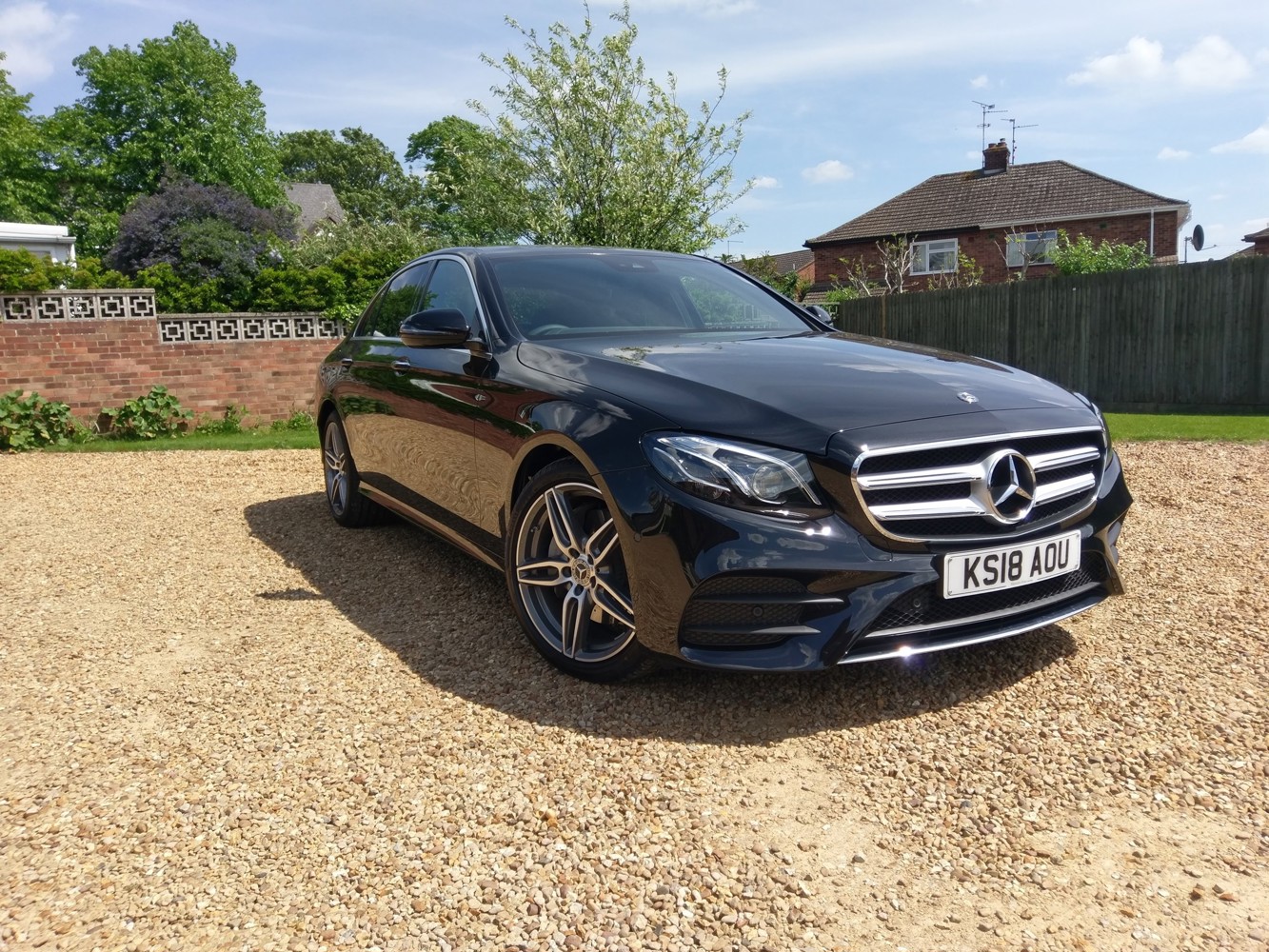
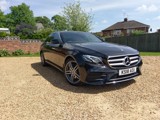
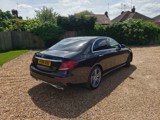
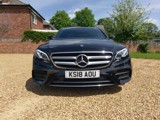



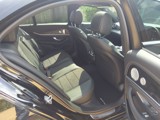


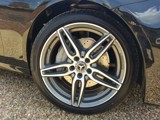



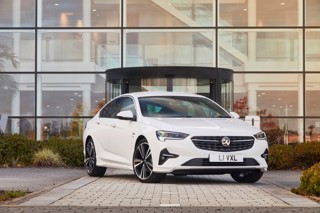


 Diesel
Diesel

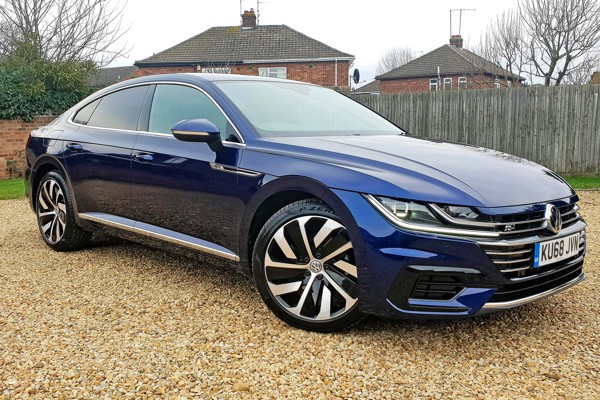
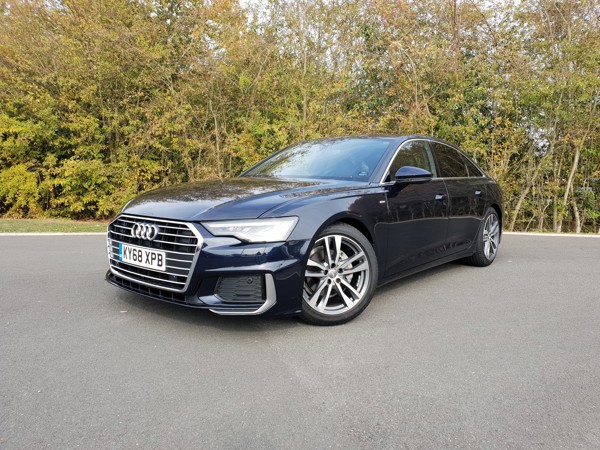
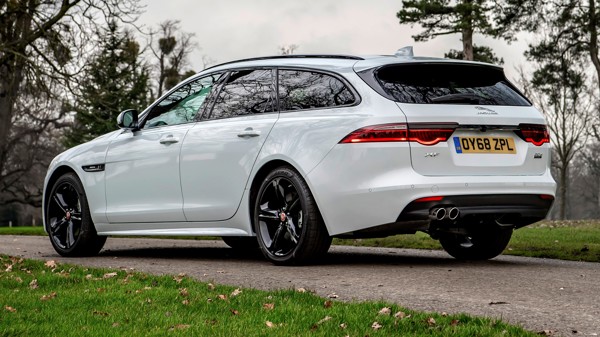


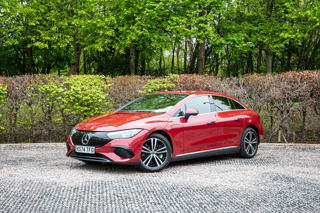

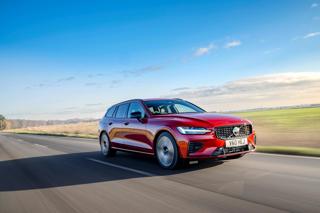
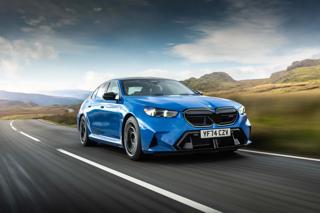












Login to comment
Comments
No comments have been made yet.